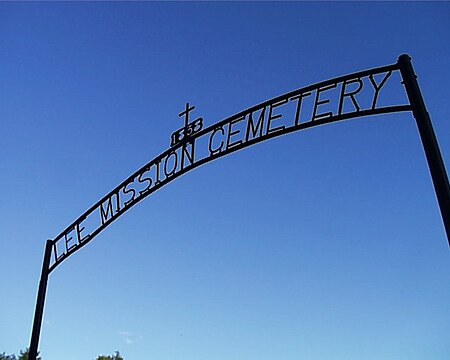Oregon State Hospital is a public psychiatric hospital in the U.S. state of Oregon, located in the state's capital city of Salem with a smaller satellite campus in Junction City opened in 2014. Founded in 1862 and constructed in the Kirkbride Plan design in 1883, it is the oldest operating psychiatric hospital in the state of Oregon, and one of the oldest continuously operated hospitals on the West Coast.The hospital was established after the close of the Oregon Hospital for the Insane in Portland, located 47 miles (76 km) north of Salem. Originally named the Oregon Hospital for the Insane, the Oregon State Hospital was active in the fields of electroconvulsive therapy, lobotomies, eugenics, and hydrotherapy. In the mid-twentieth century, the facility experienced significant overcrowding problems, with a peak of nearly 3,600 patients. In 1961, Dammasch State Hospital opened in Clackamas County near Portland, which served to mitigate the hospital's overcrowding issues. Dammasch would close in 1995.
In the early twenty-first century, the hospital received public criticism for its aging facilities and treatment of patients, and the hospital's management of 5,000 canisters of unclaimed human cremains was the subject of a 2005 Pulitzer Prize-winning series published in The Oregonian. The discovery of these remains is the subject of the 2011 documentary "Library of Dust".In 2007, the state of Oregon approved a $458 million plan to rebuild the main hospital to a downsized 620-bed facility, which was completed in 2013. Portions of the original hospital buildings were demolished, though the center of the Kirkbride building was salvaged and renovated, and now houses a mental health museum.
Oregon State Hospital is located in the eponymous Oregon State Hospital Historic District, and was registered with the National Register for Historic Places in 2008. It was the primary filming location for the 1975 film One Flew Over the Cuckoo's Nest, as well as being the subject of a series of photographs by photographer Mary Ellen Mark in 1976.









